The history of the world’s first planetariums
Planetariums are fascinating gateways to the universe, offering a unique blend of education and entertainment. These spaces simulate the night sky, allowing audiences to explore celestial wonders without leaving their seats.
From school field trips to family outings, planetariums captivate visitors of all ages. They serve as a bridge between the general public and the complex field of astronomy, making them an essential tool for science communication and education.
The Dawn of Celestial Curiosity in Ancient Civilizations

Long before modern technology, ancient civilizations were captivated by the night sky. The Babylonians and Egyptians meticulously observed celestial movements, integrating their findings into calendars and religious practices.
The Greeks furthered this curiosity, with philosophers like Ptolemy developing geocentric models of the universe. These early observations laid the groundwork for future astronomical discoveries and demonstrated humanity’s enduring fascination with the cosmos.
Early Attempts to Map the Night Sky

Mapping the night sky has been a pursuit since ancient times, with early astronomers using rudimentary tools to chart the stars. The Chinese were among the first to create star maps, contributing significantly to our understanding of the cosmos as early as 4000 BCE.
In the Islamic Golden Age, scholars like Al-Sufi refined Greek star catalogs, leading to more accurate representations. These early maps were crucial in navigating and understanding the universe before the advent of telescopes.
The Renaissance: A New Era for Astronomy
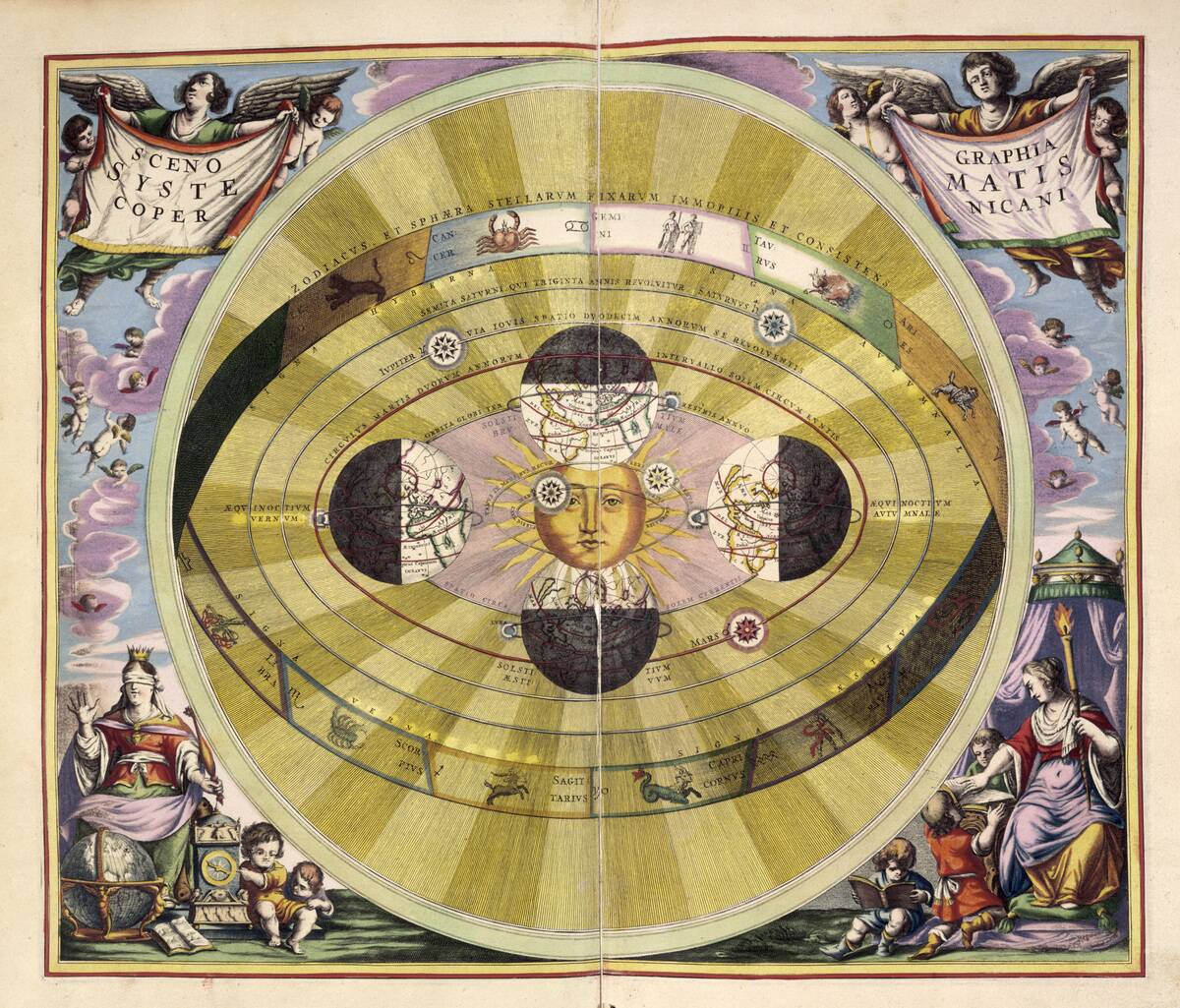
The Renaissance marked a period of renewed interest in science, including astronomy. Nicolaus Copernicus challenged the geocentric model with his heliocentric theory, revolutionizing how we perceive the solar system.
This era also saw advancements in telescope technology, with Galileo Galilei making significant celestial observations. The Renaissance paved the way for modern astronomy, sparking a curiosity that planetariums continue to nurture today.
The Creation of the First Modern Planetarium
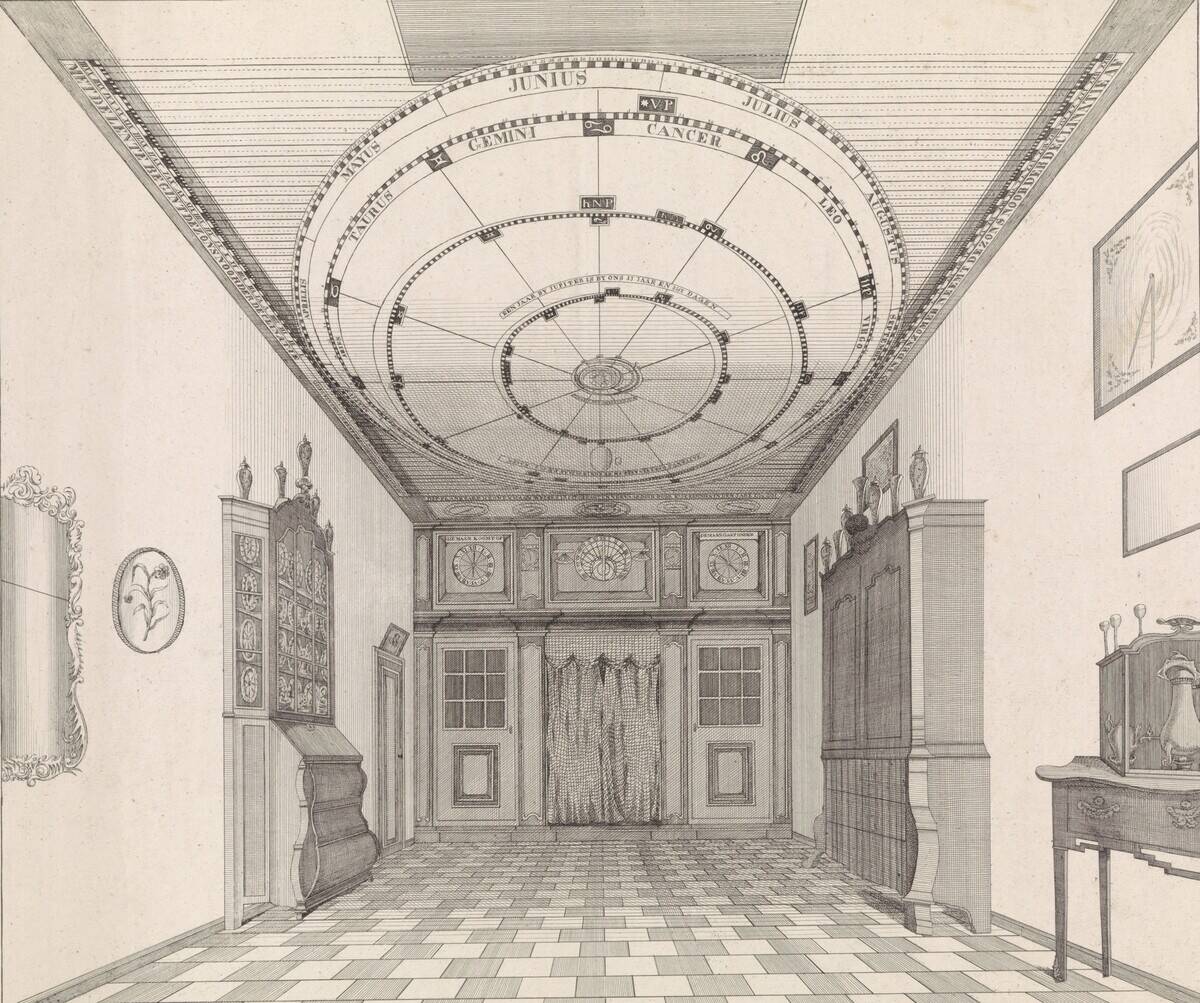
The first modern planetarium was a groundbreaking invention that transformed astronomy education. Designed to recreate the night sky indoors, it offered an immersive experience unlike any other.
The concept was born in the late 18th century, as scientists sought new ways to engage the public with celestial phenomena. The oldest still-working planetarium was built by Eise Eisinga in 1781. This innovative tool allowed people to explore the universe in a way that was both accessible and awe-inspiring.
Walter Bauersfeld: The Visionary Behind the First Planetarium
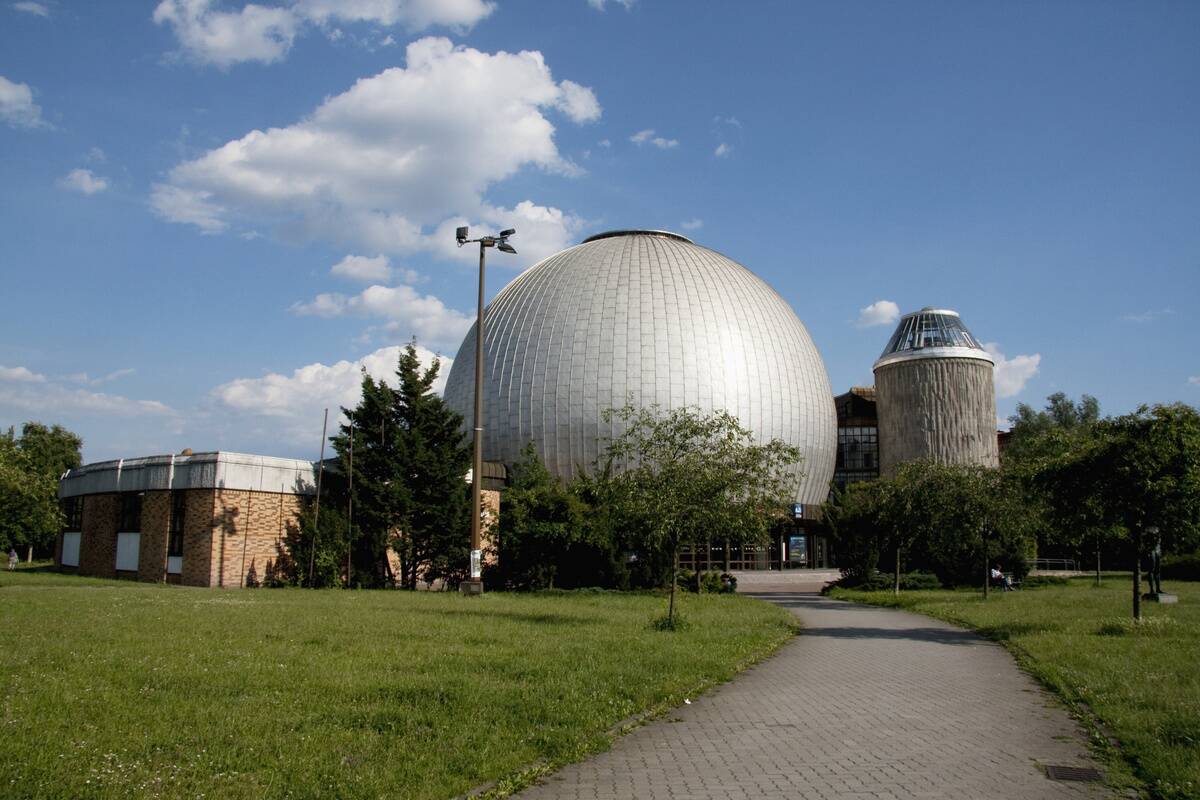
Walter Bauersfeld, a German engineer, played a pivotal role in bringing the first large-scale planetarium to life. Working for Carl Zeiss, a renowned optics company, Bauersfeld envisioned a device that could project the stars onto a dome.
His vision materialized in 1923 with the completion of the Zeiss I, the world’s first projection planetarium. Bauersfeld’s ingenuity opened a new chapter in educational astronomy, captivating audiences worldwide.
The Zeiss I: A Technological Marvel of Its Time
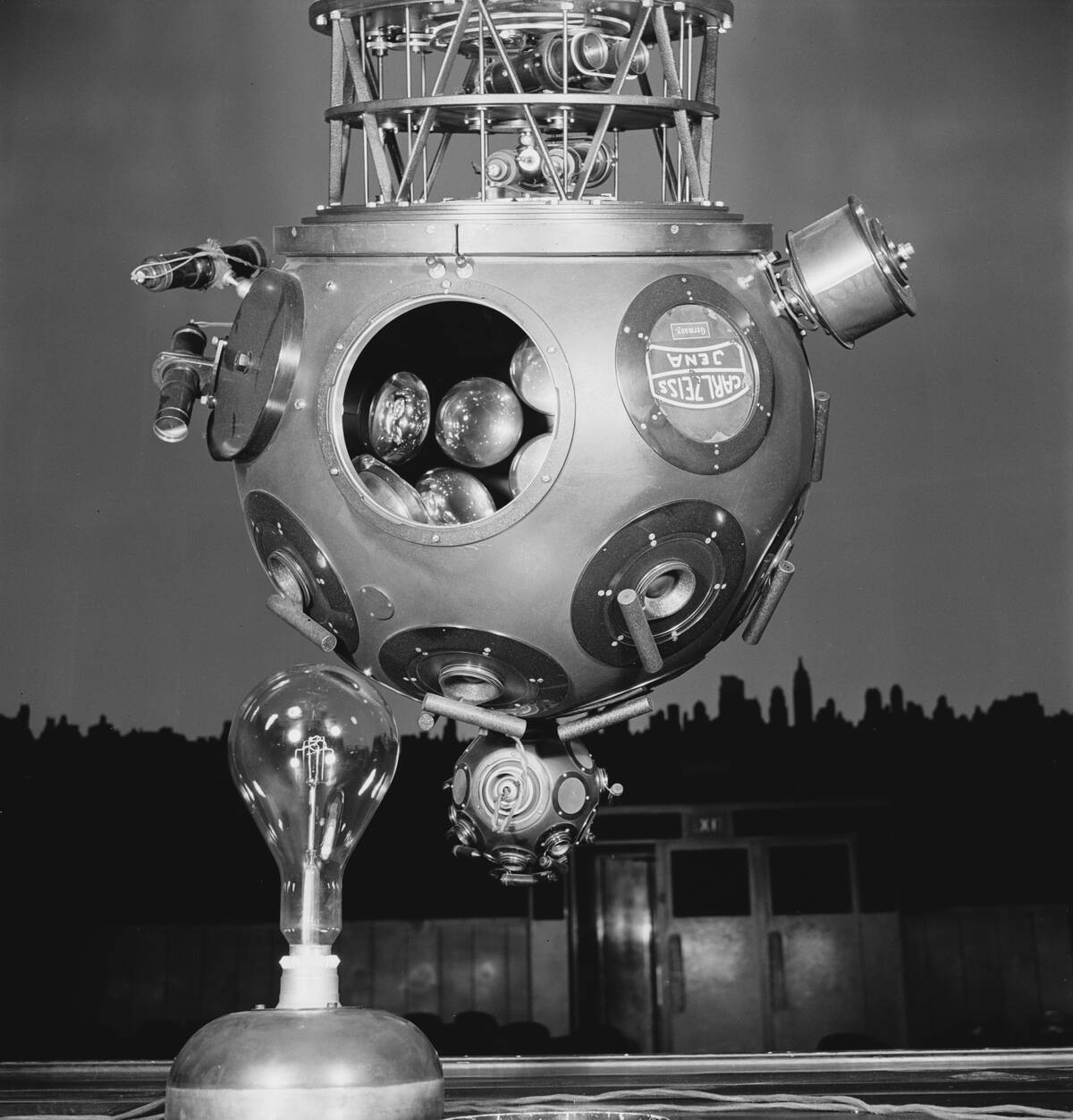
The Zeiss Mark I was a technological marvel, featuring a sophisticated projection system that accurately depicted the night sky. This revolutionary device could simulate celestial movements, providing an unparalleled educational experience.
Its introduction marked a significant advancement in how people learned about astronomy, setting a new standard for planetariums. The Zeiss I’s success demonstrated the power of technology in making complex scientific concepts accessible to the public.
Opening Doors: The First Public Planetarium in Germany
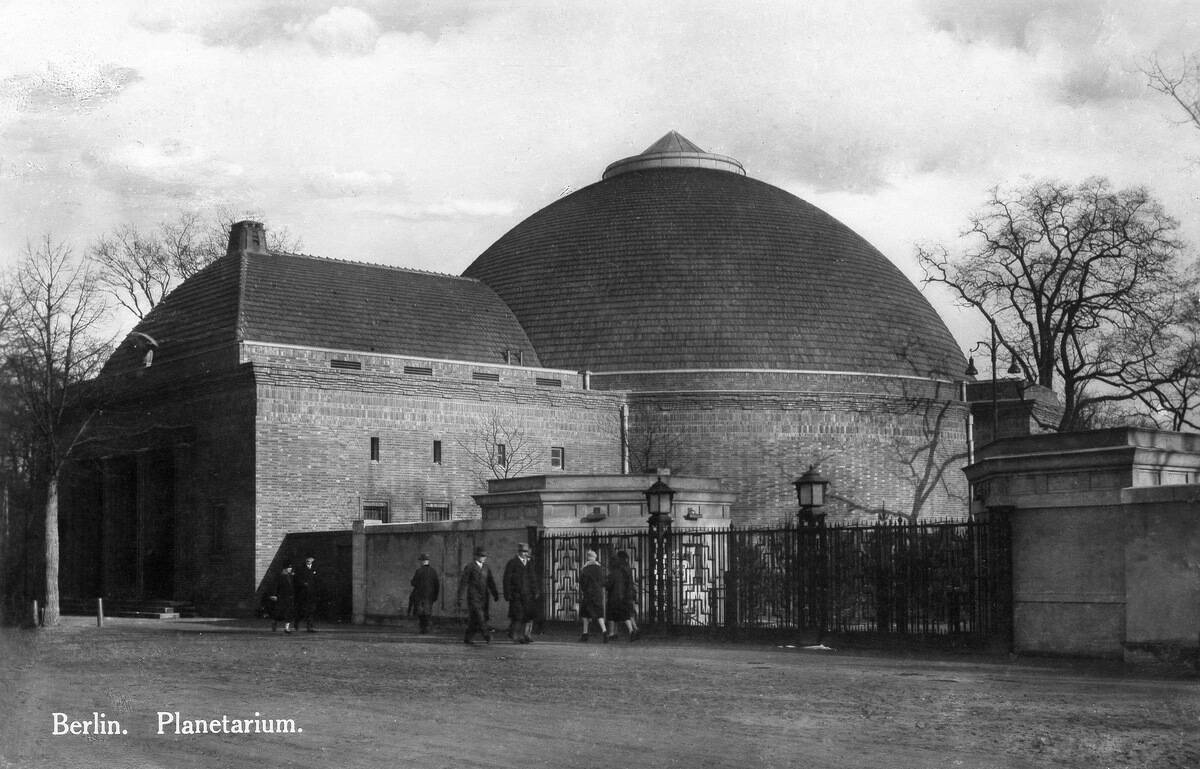
Germany was home to the first public planetarium, opening its doors in 1923 at the Deutsches Museum in Munich. This institution offered the public a chance to explore the stars in a way that had never been possible before.
The planetarium quickly became a cultural landmark, attracting visitors eager to learn about the universe. Its success inspired the creation of similar facilities around the world, spreading the love of astronomy far and wide.
Planetariums Across Europe: A Spreading Phenomenon
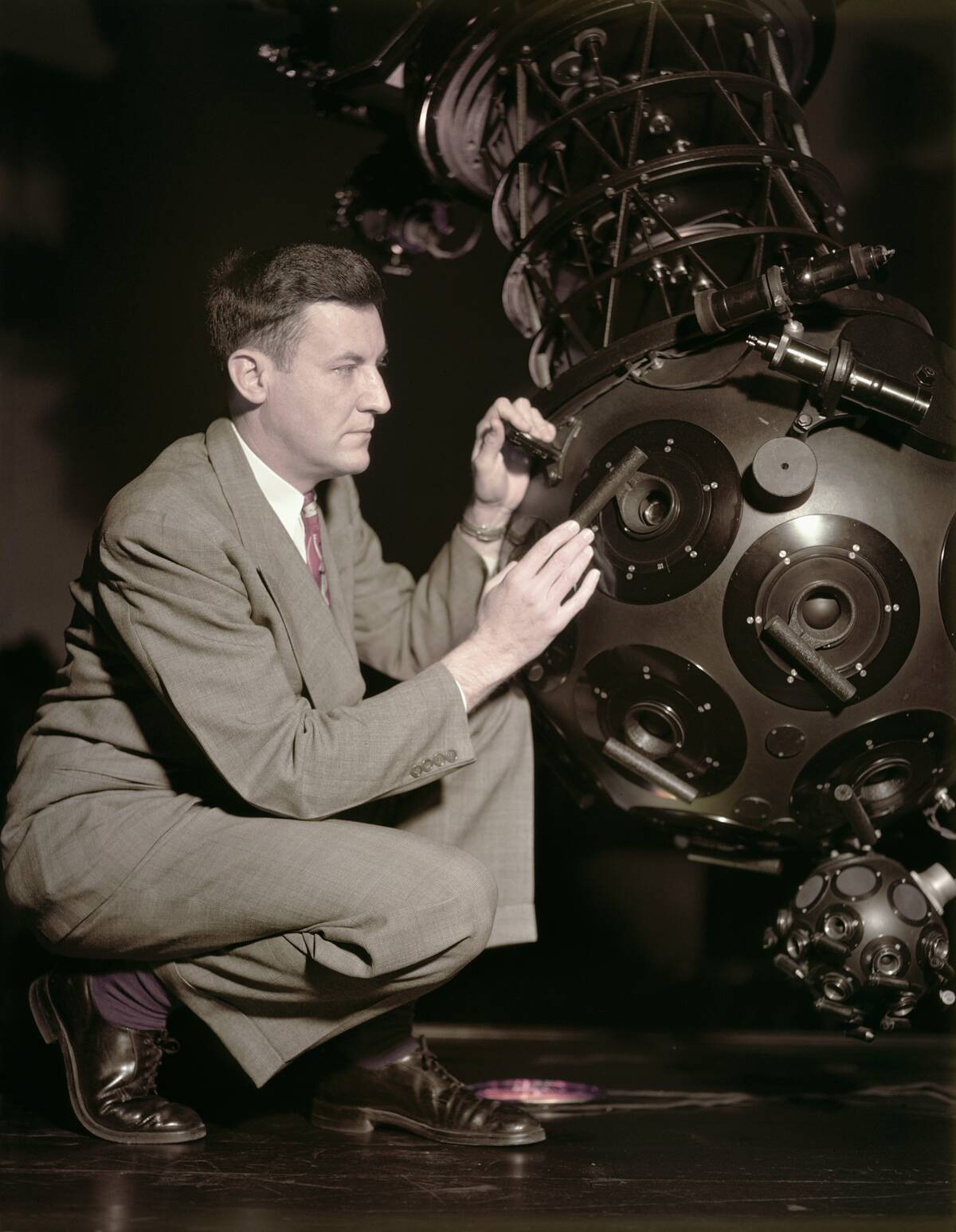
Following Germany’s lead, planetariums began to spring up throughout the world. Before countries like France and the U.K. hosted their own planetariums in the midcentury years, Zeiss would establish others in Rome, Chicago, and Osaka, Japan by 1937.
These institutions became centers of learning and inspiration, encouraging a generation to look up and wonder. The spread of planetariums marked a significant cultural shift, as astronomy became more accessible than ever.
The Planetarium Movement Reaches the United States
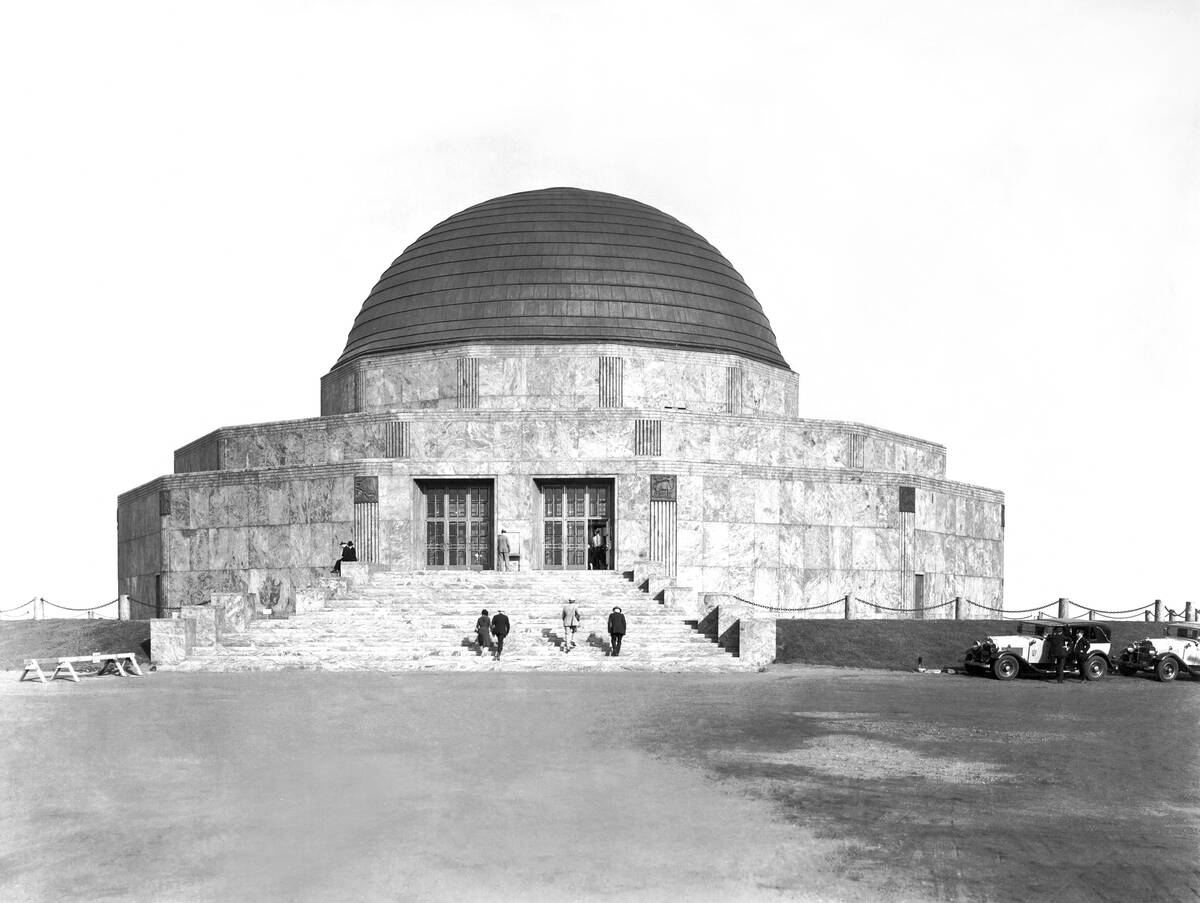
The planetarium movement crossed the Atlantic, with the United States opening its first facility in 1930 at Chicago’s Adler Planetarium. Max Adler was inspired to bring the concept (and Zeiss’s technology) to America after seeing his model in Munich. This marked the beginning of a nationwide trend, as cities across the country established their own.
American planetariums became hubs of scientific learning, offering programs that inspired curiosity and exploration. The movement transformed how Americans engaged with astronomy, fostering a deeper appreciation for the wonders of the night sky.
Architectural Wonders: Designing Early Planetariums
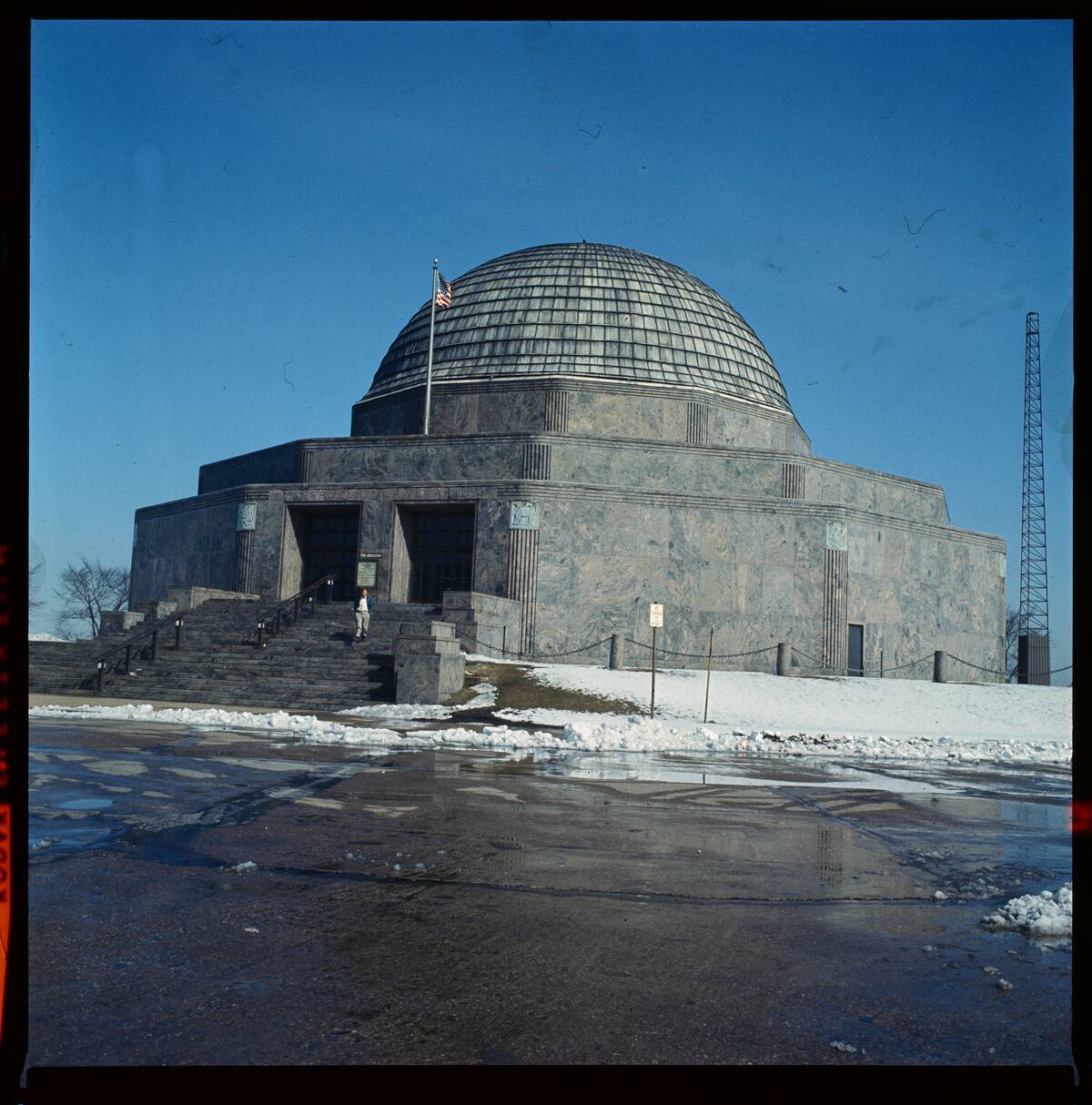
Early planetariums were not just scientific marvels; they were architectural wonders as well. Designers drew inspiration from classical and modern styles, creating iconic structures that housed these celestial theaters.
The domes, often the focal point, were engineered to provide optimal viewing experiences. These architectural feats became landmarks in their own right, blending science and art to create spaces that were as beautiful as they were educational.
The Role of Planetariums in Popularizing Astronomy

Planetariums have played a crucial role in popularizing astronomy, making it accessible to the masses. By simulating the night sky, they offer a hands-on learning experience that textbooks cannot.
These institutions bridge the gap between science and the public, sparking interest and inspiring future astronomers. Through engaging presentations and interactive exhibits, planetariums have ignited a passion for space exploration in countless individuals.
Technological Advances: From Mechanical to Digital
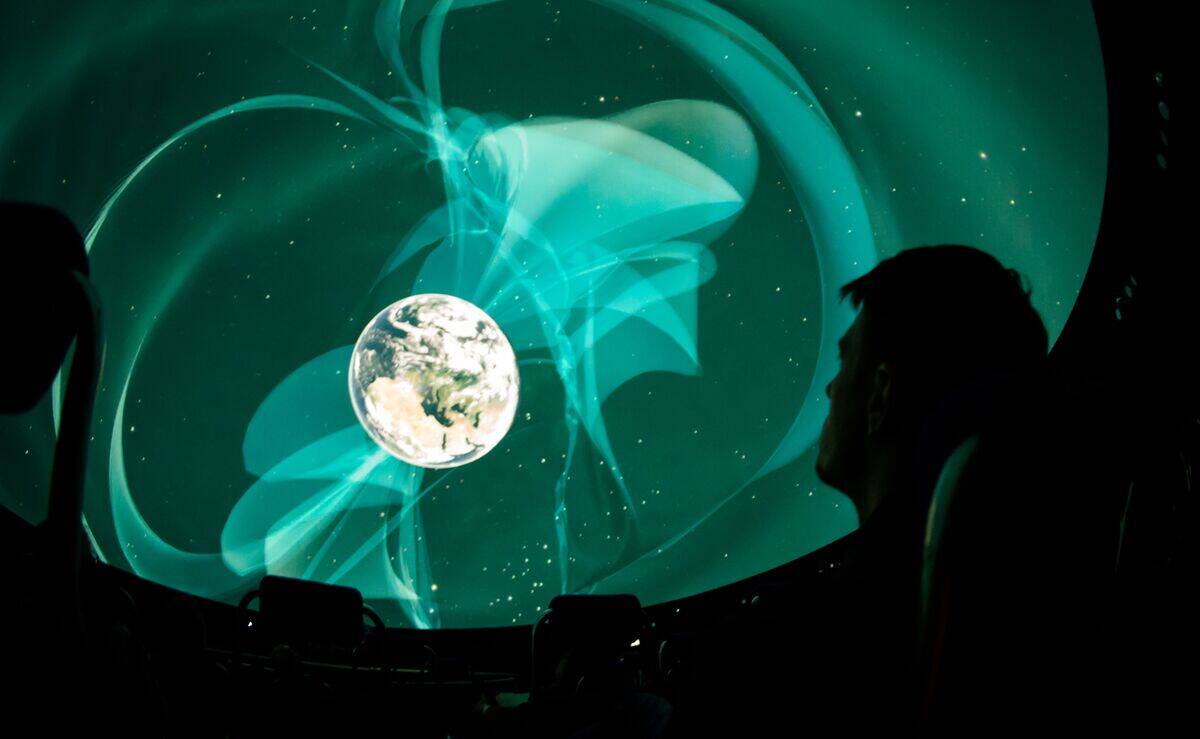
Planetarium technology has evolved dramatically, transitioning from mechanical projectors to digital systems. Modern planetariums utilize cutting-edge technology to create immersive experiences, with digital projectors offering stunning visuals.
This shift has enhanced the educational potential, allowing for more interactive and dynamic presentations. The integration of technology has transformed planetariums into versatile spaces, capable of simulating everything from the night sky to complex scientific phenomena.
Unique Planetariums Around the World

Around the globe, unique planetariums offer diverse experiences, each with its own charm. The Nagoya City Science Museum in Japan (pictured) boasts the world’s largest planetarium dome, providing a breathtaking view of the stars. The dome has a 35-meter diameter (or 114 feet).
In India, the Nehru Planetarium in New Delhi offers educational programs in multiple languages. These distinctive facilities reflect their cultural contexts, showcasing the universal appeal of astronomy and the innovative ways it can be shared.
The Evolution of Planetarium Shows and Presentations

Planetarium shows have evolved significantly, offering audiences a wide range of presentations. From simple star shows to complex simulations of cosmic events, the content has expanded to include various scientific topics.
Modern shows often incorporate multimedia elements, creating an immersive experience that captivates visitors. This evolution reflects the growing sophistication of planetariums and their ability to adapt to changing educational needs and interests.
The Role of Planetariums in Modern Astronomy
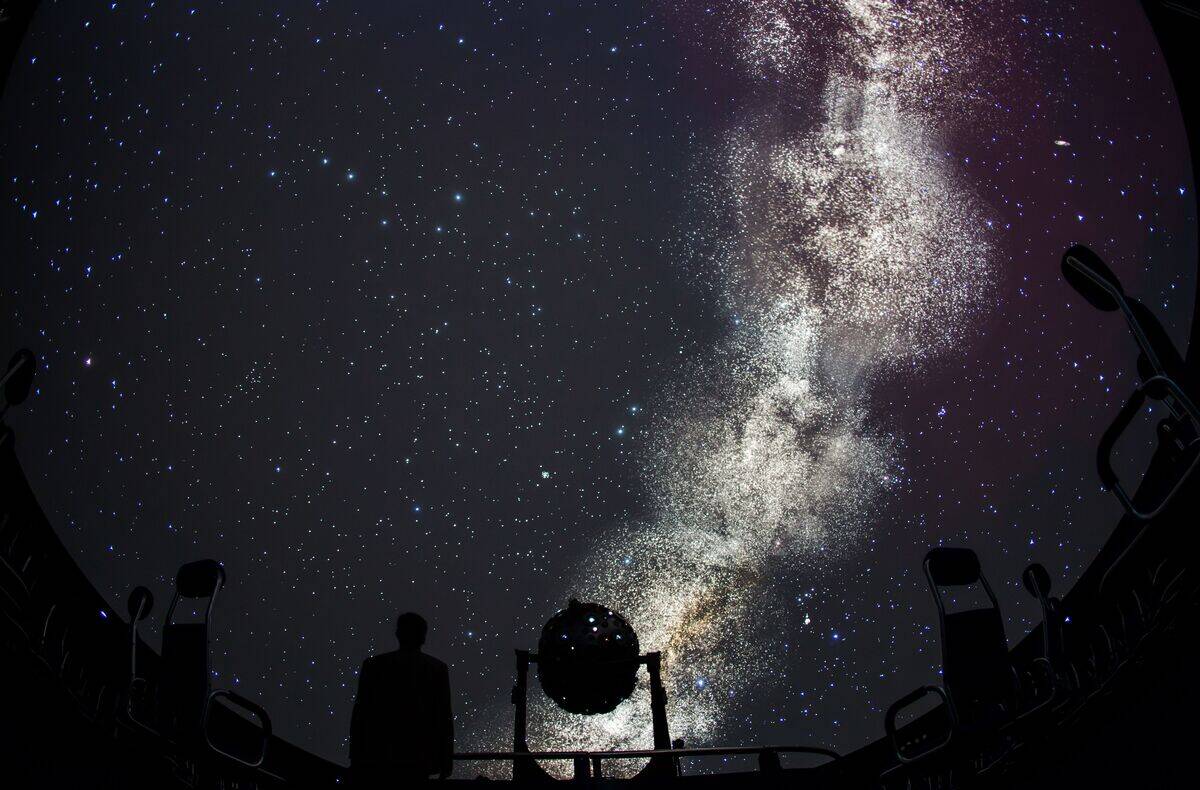
In modern astronomy, planetariums serve as vital educational and research tools. They provide a platform for scientists to share their findings with the public, fostering an informed appreciation of the cosmos.
Planetariums also offer unique opportunities for outreach, engaging audiences with cutting-edge science. By bridging the gap between research and public understanding, they contribute significantly to the advancement of astronomy as a whole.



